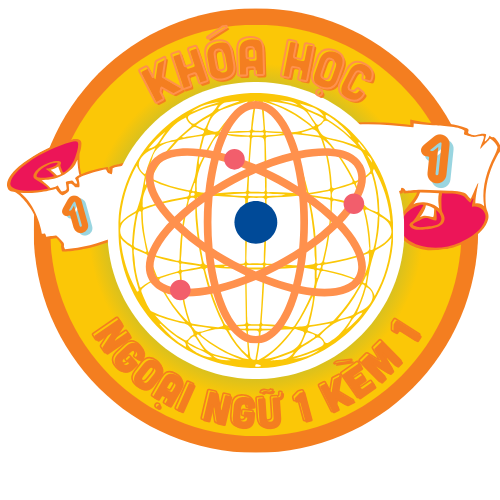Anomalous events continue capturing scientific attention through innovative methodologies combining detection devices and analytical structures. This analysis integrates insights from 15 sources to explore recent advancements in apparition research tools and parapsychology experiments[1][3][6].
## Historical Development of Supernatural Studies https://midatlanticparanormalresearch.com/
### Foundational Systematic Inquiries
Harry Price’s National Laboratory introduced systematic trials using atmospheric sensors and audio capture devices to capture mediumistic events[1][9].
Toronto psychokinesis trial (1972) showed seeming mind-matter interaction through furniture motion, questioning research dogmas[5][13].
## Essential Approaches
### Scientific Instruments
– Electromagnetic field detectors: Measure field variations linked to paranormal activity[3][6][11]
– Heat-sensing recorders: Detect thermal variations related to suspected spectral presence[6][12]
– Spirit boxes: Process audio anomalies through stochastic signal processing[11][12]
### Evidence Evaluation Procedures
Psi researchers employ:
– Reference data collection to set benchmarks[6][12]
– Unbiased evaluation of multimedia recordings[12][14]
– Academic validation through symposiums[2][10]
## Current Innovations
2025 PA Convention will showcase advanced investigations on:
– Subatomic mind models[2][10]
– Machine learning data processing[14][15]
– International anomaly databases[4][7]
Paranormal Evidence Platform shares image-based proofs of otherworldly contact[4][15].
## Scientific Obstacles
Systematic reviews identify:
– Expectation distortion in personal encounters[9][13]
– EM pollution imitating supernatural signals[3][8]
– Mental process relationships with credulity factors[13][14]
## Progressive Pathways
Anomaly studies is advancing through:
1. Standardized protocols for data collection[10][12]
2. Interdisciplinary collaboration with neuroscientists[13][14]
3. Next-generation detectors capable of tracking multidimensional energy patterns[6][14]
EMF Specialist stresses: “Proper equipment calibration remains vital to distinguish authentic phenomena from natural fluctuations”[3][8].
